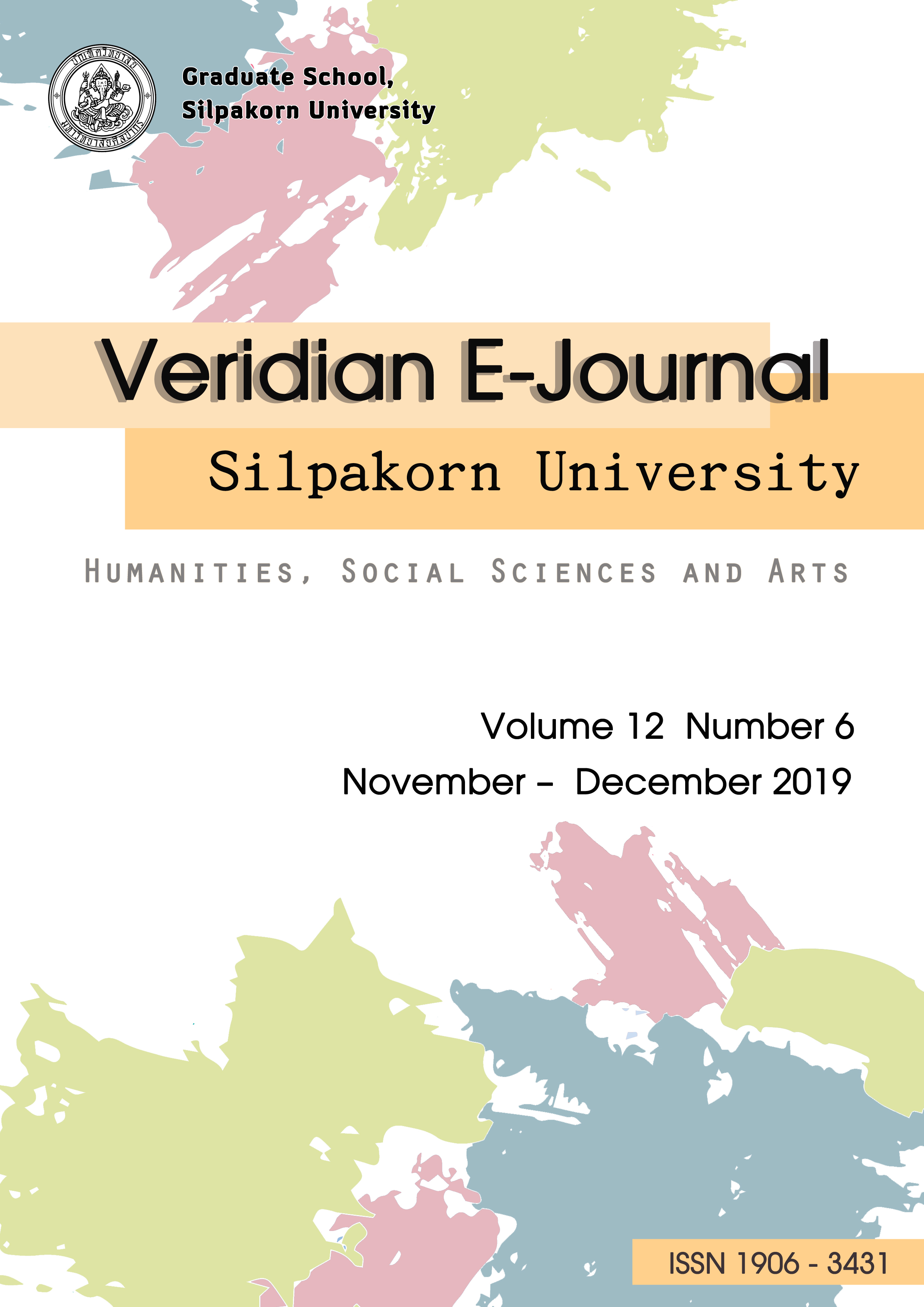Relationships Among Biophysical Characteristics Of Catchment, Land Use And Management Affecting Flood Probleme, Of Huay Mae Bon Basin Mae Ta Sub-District, Mae On District, Chiangmai Province
Main Article Content
Abstract
The study aimed 1) to analyze the relationship of biophysical characteristics of catchment area, irrigation system, land use and management that affected flood problem of Huay Mae Bon River Basin, Mae Ta Sub-district, Mae On District, Chiang Mai Province, and 2) to study the potential and limitation of flood management of related sectors including both local organization and government sector to support problem solving and holistic integrated management. The study used 1) survey data on physical characteristics of upper catchment area, irrigation system, land-use pattern and management for data analysis, and 2) data on in-depth interview with community leader and related sectors for content analysis through interdisciplinary approach that integrated survey research with statistical data on inflow/outflow and average rainfall as well as mapping data. The result showed that flood in Huay Mae Bon River Basin was a result of two main factors causing repetitive problem. Although four factors related to the problem, biophysical characteristics of catchment area did not affect flood problem and irrigation system properly helped mitigating flood. Thus, the main cause of flood problem was land use because land use pattern of most farmers invaded public area on both sides of riverbank for making paddy because population growth increased demand for more cultivation area, which the land use pattern obstructed water flow and narrowed water channel that caused river flood into agricultural area. Another main cause of flood was the separated problem management among all sectors that lacked database connection for solving flood problem together, which it caused flood problems. Therefore, holistic approach should be used for integrating all sectors to solve flood problem together by using data on biophysical characteristics of catchment area and irrigation system as a foundation of data analysis as well as using data on land use pattern and management for solving the problem together to get effective solution and create non-partitioned operation as in the past, which the approach can potentially mitigate and effectively solve flood problem to enhance sustainability further.
An objective of this article is to study the effects of biological characteristics of irrigated areas, irrigation systems, land use and repeatedly flooding management of Huay Mae Bon water groups. To analyze the potential and limitations of the agencies involved in the solution of flooding problems In order to find a way to prevent flooding sustainably.

